Samsung Galaxy Z Fold6 review

Things are getting a bit stale in the camera department
The Galaxy Z Fold6 comes with a camera setup that is essentially unchanged for a third generation in a row - the Z Fold4 brought in the major developments like the Tetracell-type main module, long-ish 3x telephoto, and under-display selfie camera on the inside, and there hasn't been any notable hardware upgrade since.

The main camera uses a relatively small by modern standards 1/1.56" sensor that's several years old (it's listed as 1/1.57" on Samsung's site - same difference). It does have dual pixel autofocus, but it's one of the older systems that's only good for detecting phase differences in the horizontal direction, but not the vertical. The 23mm f/1.8 lens does feature OIS.
The telephoto is shared with the previous two Folds and also the S24, S23, and even S22 before it. The ultrawide, meanwhile, is more of a Fold-only piece of kit (still three generations old, at least), though the same sensor does get used in other Galaxies for selfie purposes. No AF on the ultrawide, of course - that's an Ultra-only feature in the Samsung lineup, much to our continued disappointment.

The selfie situation is also the same as before - a regular 10MP punch-hole camera on the cover and a 16MP sensor on the inside that captures 4MP images through a chessboard array of display pixels.
- Wide (main): 50MP Samsung ISOCELL GN3 (1/1.57", 1.0µm - 2.0µm), f/1.8, 23mm, dual pixel PDAF, OIS; 4K@60fps, 8K@30fps
- Ultrawide: 12MP Samsung ISOCELL 3LU (1/3.2", 1.12µm), f/2.2, 13mm, fixed focus; 4K@60fps
- Telephoto, 3x: 10MP Samsung ISOCELL 3K1 (1/3.94", 1.0µm), f/2.4, 69mm, PDAF; 4K@60fps
- Cover: 10MP Sony IMX 374 (1/3.0", 1.22µm), f/2.2, 23mm, fixed focus; 4K@60fps
- Internal: 16MP Sony IMX 471 (1/3.0",1.0µm), f/1.8, 25mm, fixed focus; 1080p@60fps

In terms of functionality that the form factor enables, the Z Fold6 has everything you can think of. When shooting with the handset open, you can enable a live preview for your subject to look at, or you can transfer the entire camera app UI to the cover screen and use it as a viewfinder for rear camera selfies and video. There are also viewfinder-filmstrip split interfaces, as well as provisions for waist-level or overhead shooting.

Daylight photo quality
Main camera
In broad daylight, the Z Fold6's main camera captures very good photos. They're nicely detailed, with relatively natural rendition and next to no grain. The auto white balance is reliable, and the color saturation level gives the shots enough pop without going overboard. Dynamic range is excellent.
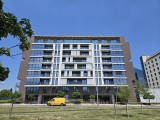
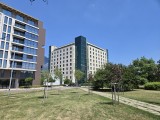
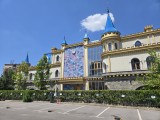


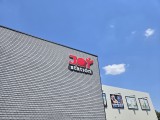
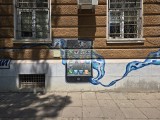
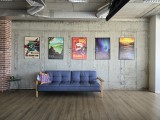
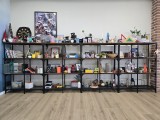
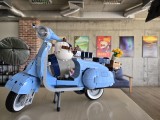
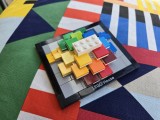
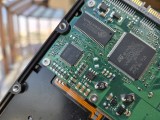
Daylight samples, main camera (1x)
Enabling the Scene optimizer (now buried in settings and, for a while, off by default) makes the subtlest of differences - we're seeing ever so slightly deeper blues in the skies and a minor nudge in the red channel. The magnitude of those differences is such that you might need to convince yourself you're seeing them, though, so it's not something to go into settings for on a regular basis - if Samsung thinks it should be off, we'd leave it there, but do enable it, if you prefer it that way.







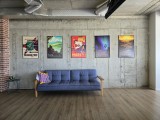
Daylight samples, main camera (1x), Scene optimizer
The Fold does well with skin tones and exposing your subject's faces in challenging conditions. On the other hand, it somehow doesn't particularly like fine facial detail - it's alright, and probably for the better, but it's just not super sharp. Portrait mode works well too.




Daylight samples, main camera (1x), Photo mode




Daylight samples, main camera (1x), Portrait mode, 1x
The full-res 50MP results are among the better ones we've seen. They offer a readily observable improvement in captured detail in most conditions, and there are no apparent trade-offs (other than the 3x file size, of course).
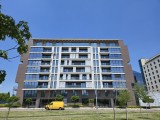
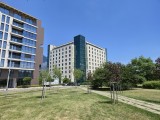




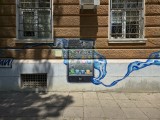
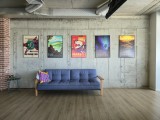
Daylight samples, main camera (1x), 50MP
With that in mind, you can also count on decently good-looking 2x zoom shots. Mind you, getting to that zoom level might require an extra step or two - either pinch to zoom, or tap on the zoom selector to reveal more options, or download Camera Assistant from the Galaxy store to customize your zoom selector options.
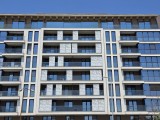






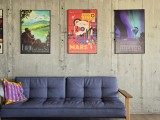
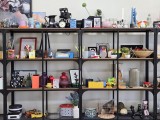
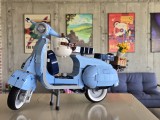

Daylight samples, main camera (2x)
Of course, you can also photograph people at 2x - the shooting distance is more favorable and the quality isn't too bad.




Daylight samples, main camera (2x), Photo mode




Daylight samples, main camera (2x), Portrait mode
Telephoto camera
That brings us to the Z Fold6's telephoto camera, which left us with mixed impressions. On several occasions we got these hazy soft results that look like they're misfocused. It's seemingly not a hardware issue with misaligned lenses or something along those lines, because we also got properly sharp photos in other scenes, and it's not a near vs. far thing either. Still, this being a proven performer of a camera, we'd be inclined to think that it's a unit-specific issue to our review sample.
In the instances when we did get sharp photos, they were nicely detailed, which is good, with some a bit more grain in flatter out-of-focus areas, which is less than ideal, but hardly an issue. Colors are great, and dynamic range is excellent too.
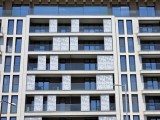




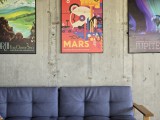

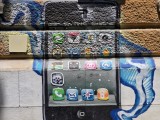
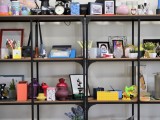
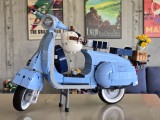
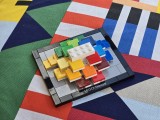
Daylight samples, telephoto camera (3x)
The not-quite-so-sharp quality of the zoom samples spreads to our people shots as well, though they do still look okay - whether in Photo or Portrait mode. And, to reiterate, there's a higher than zero chance that our unit is not entirely up to spec.




Daylight samples, telephoto camera (3x), Photo mode




Daylight samples, telephoto camera (3x), Portrait mode
Ultrawide camera
The ultrawide camera may not be impressive in its specs, but does an adequate job in practice. There's no noise and detail is good, though sharpening is dialed pretty high. Dynamic range is good and color rendition is pleasing as well. One issue is the lack of autofocus so you'll be getting soft results with subjects that are closer than roughly 40cm.
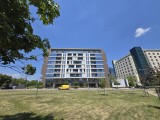

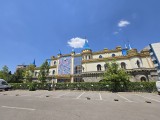



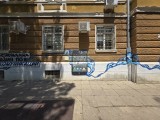
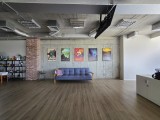
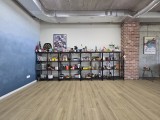
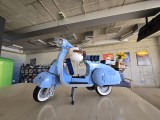
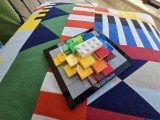
Daylight samples, ultrawide camera (0.6x)
Low-light photo quality
As with other recent Samsung releases, the Z Fold6 tends to be quite conservative with its low-light processing and while it will apply some level of Night mode action automatically, the Photo mode results will differ from those you'd get in Night mode.
The differences in processing are fairly consistent between the three cameras too - Photo mode will get you grainier detail and slightly harsher rendition of the tonal extremes (not necessarily a bad thing), while Night mode will smooth out the noise (and a small portion of the dine detail alongside it) and make for brighter shadows and more gradual highlight rolloff. Scene optimizer doesn't appear to have any meaningful impact.
Main camera
The main camera does capture very good detail in the dark and we really don't mind the grit that accompanies it. Colors maintain a pleasing level of pop and we encountered no issues with the auto white balance. Dynamic range is good in Photo mode, with a slightly more contrasty look than in Night mode.



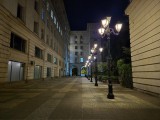
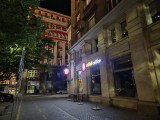


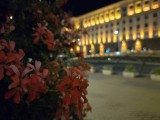
Low-light samples, main camera (1x)
Night mode reigns in floodlights and their adjoining areas, and may give shadows a gentle nudge - the shadow development often being a bit harder to spot than the added highlight recovery.



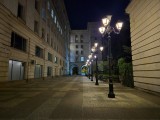
Low-light samples, main camera (1x), Night mode
Telephoto camera
The telephoto camera captures nicely detailed shots, and the moderate amount of noise isn't a problem. Some of that softness we mentioned in the daytime photos can be seen in some night scenes too. Colors remain nice on this camera as well, if a little muted in the shadows. Dynamic range is also not an issue, though more contrasty scenes will benefit from the dedicated Night mode.




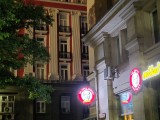


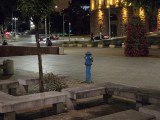
Low-light samples, telephoto camera (3x)
Ultrawide camera
The ultrawide camera doesn't disappoint either and it too adopts the 'more noise, more detail' approach, which we don't mind. Dynamic range is good, colors are likable too.
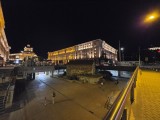
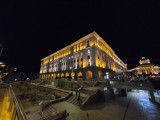

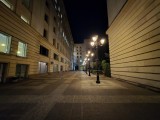
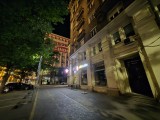
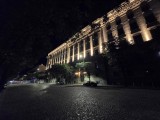
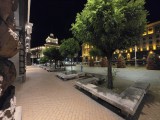
Low-light samples, ultrawide camera (0.6x)
Selfies
There are many ways to take selfies on the Z Fold6 and the cover camera is the most straightforward option. Its photos are alright, if a bit high on the sharpening scale.
The internal camera is more of a last resort option for video calls on the large screen - it's not really for selfies as these come out soft and with annoying crosshatch patterns.




Selfie samples, internal camera
The best selfies you can get on the Fold6 are done on the rear cameras, with the phone fully unfolded and the cover screen acting as viewfinder - it can be a fiddly when you're starting out and wielding a tablet to take selfies is not the best look if you care for other people's opinions, but the photos do look really nice. Mind you, skin tones might get a warm boost - the subject of these shots did have a reddish hue on that day, but part of it the result is the Fold's doing.




Selfie samples, rear camera, 1x
The ultrawide camera is also an option for getting more context into your selfies, though its lack of autofocus limits its usefulness for closer framing.

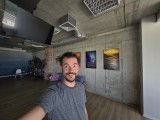


Selfie samples, ultrawide camera, 0.6x
Shooting selfies at 3x isn't the most natural endeavor if you're going to be doing it handheld. Portrait orientation works better in this case.




Selfie samples, rear camera, 3x
Video recording
The Galaxy Z Fold6 can record video up to 4K60 with all three of its rear cameras, the main one also adding 8K30 capability. The cover camera can also go up to 4K60. Additionally, in the Pro Video mode you can opt for 24fps frame rate (for both 4K and 8K). The under-display module behind the foldable screen maxes out at 1080p60.
The default codec is h.265 with further options - you can set it to quality priority or file size priority, and when in quality priority, you can flip an extra toggle for high(-er) bit rate recording. You can also enable HDR10+ capture when using the h.265 codec. Alternatively, there's the h.264 option if you have to worry about backward compatibility.
Electronic stabilization is available in all modes on all cameras and it can be switched off in settings, if you'd like to stabilize your footage otherwise.
You can check out the playlist below, which includes multiple video samples.
If we had to choose one word to describe the Fold's 4K videos, across all three rear cameras, we'd have to be very careful, but simply 'good' probably sums it up accurately. We're liking the color rendition which is vibrant without going overboard. Dynamic range is very good too. Also worth praising is the general similarity in the look of three cameras. What sets the Fold back is the level of detail which is in the 'so-so' region - 30fps clips are simply lacking in crispiness and the ever so slightly better 60fps footage isn't too hot either.
On a more positive note, the stabilization is hard to fault - it's simply excellent across the board. Walking shake, panning, just pointing the phone in one direction - we got great results in all metrics.
In low light, the situation is fairly predictable. The main camera will get you good quality videos for the circumstances. The ultrawide's footage is softer and noisier, but still fairly usable, while the telephoto is best kept in better lit environments.
Reader comments
- Bennis
- 25 Jan 2025
- yi{
You can buy a $100 case that has a Stylus, because Samsung loves us very much
- Raj
- 22 Dec 2024
- vbe
Make it within weight 200gm and thikness 10mm then I'm in.
- GAMIR3DH
- 03 Dec 2024
- Ktm
Im picking this up trough my local carrier, im looking foward to the squares 😁



